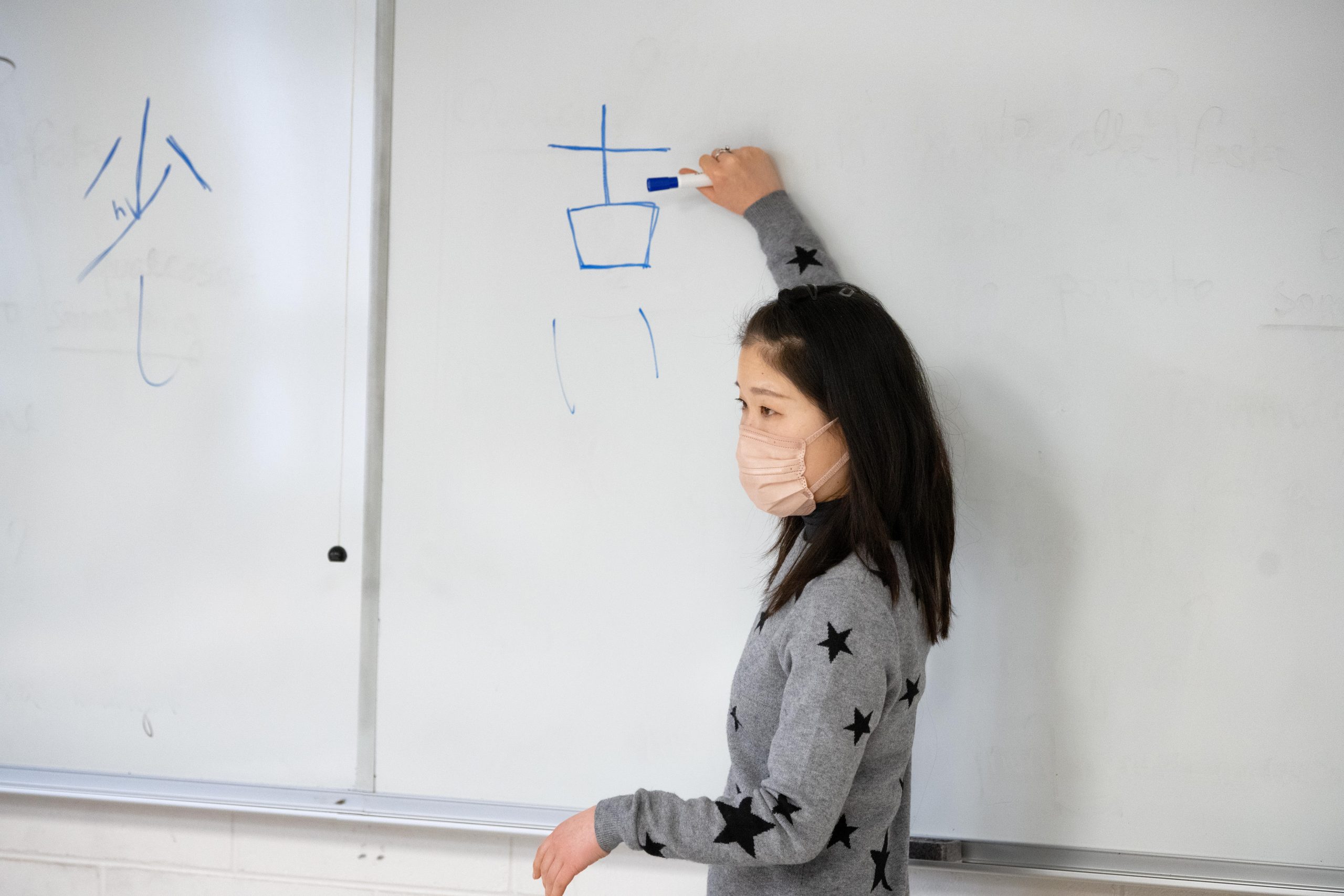Strategies for Instructors

There are many ways to address and think about land acknowledgements in ways that recognize universities’ past and current roles in colonization and thus in creating an educational environment that is welcoming to all students.
- University of Iowa’s Native American Council and Indigenous Land Acknowledgment
- Begin with self-reflection.
- Instructors can first ask themselves why they are including a land acknowledgement. It is important to keep in mind how different motivations for one’s activism are crucial in sending the appropriate message. This kind of self-reflection is necessary to understand if one is doing so out of guilt or because others are doing so, and if such reasons are one’s main motivator, further self-reflection is needed (Native Governance Center, 2022).
- Do the research.
- Instructors can also make the effort to do their own research on things such as “The Indigenous [P]eople to whom the land belongs, the history of the land and any related treaties, [and] names of living Indigenous [P]eople from these communities.” (Native Governance Center, 2022). This action is an extension of the self-reflection mentioned above. Making time to learn about those you wish to acknowledge sends not only a message to the communities you are acknowledging but to students that whatever backgrounds they bring to class are respected and seen.
- Use accurate and candid language.
- When using and speaking of a land acknowledgment, instructors can notice the usage of language that refrains from sugarcoating past actions and history. Words such as “genocide, ethnic cleansing, stolen land, and forced removal” reflects honest accountability (Native Governance Center, 2022).
- Instructors can also heed the importance of present tenses during land acknowledgments. Present and future tenses are particularly important to demonstrate that Indigenous Peoples are not just from the past but are still here today and will be for time to come (Native Governance Center, 2022; Acknowledgement of Land and Sovereignty, n.d.). Students of Indigenous heritage deserve to be spoken of as they are: still here.
- When using and speaking of the university’s land acknowledgment, emphasizing to students the presence of such tenses can be a good reminder of the diversity of students in the classroom and the differing backgrounds each student brings to the classroom.
- Refrain from tokenizing. Kelly Clougher, associate director of Outreach Services and Embedded Programs for University Counseling Service shares:
- “Tokenizing Native American students may look like an instructor singling out those students to take on the role of explaining or teaching others in the class about all things Native American. Students who identify as Native American or Indigenous should not feel pressured or like they are put on the spot to speak on behalf of all students who identify similarly.”
- “Student agency is important. Providing an appropriate space for students of Native American or Indigenous heritage to speak on their experiences if they wish while not placing expectations on them to do so is crucial in maintaining such agency.”
- Diversify curriculum. Erin Stresow, assistant director of Inclusive Education and Strategic Initiatives, suggests that:
- “Instructors can look for appropriate opportunities to include information about Indigenous history, values, and life that align with course objectives. For example, this could look like assigning reading or viewing material authored by Indigenous persons.”
- “Instructors can also highlight noted Native Americans in particular fields and their contributions to such fields as it relates to the course that is being taught.”
- Take action and go beyond.
- Land acknowledgements are a good first step in furthering student belonging and materializing responsibility to Native people, but that is what it is, a first step.
- Supporting Indigenous-led organizations, grassroots movements, or legislation is great but how do you bring this to the classroom? You can inform students of resources they can view to learn more about Indigenous Nations and lands near them (Native Governance Center, 2022).
